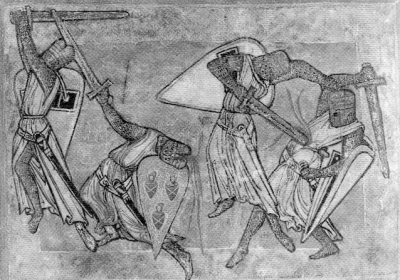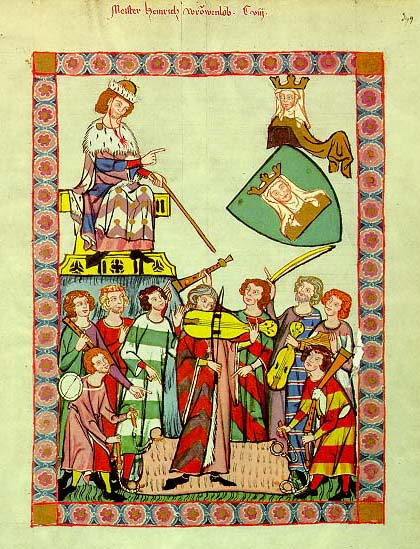 Medieval fight
Medieval fighthttp://fightmedieval.com/
 Medieval fight
Medieval fight
 Medieval Dublin
Medieval DublinHave you ever wondered where exactly the medieval town was located, or why the modern Irish name for Dublin is Baile Atha Cliath, or why there were two cathedrals in the Middle Ages, or why St. Stephen's Green is so called? Medieval Dublin lies mainly hidden from view, yet the signs are there for those who know how to interpret them. The following ten-point guide to the more important visible remains can be used either as a collection of individual items or as a continuous sequence
 Medieval Jerusalem
Medieval Jerusalem The year was 1095 CE, William the Conqueror had united England under one crown 30 years earlier.* The French had been dividing properties amongst their sons for generations, causing bloodshed between brothers over small pieces of real estate. In reaction, Pope Urban II expanded "The Truce of God", which outlawed fighting from Sunday to Wednesday, and banned fighting involving priests, monks, women, laborers and merchants on any day of the week. Italy was a collection of city-states, constantly being overrun by invading hordes, the latest of which were the Normans, who had just started to become "civilized".
There was also the Byzantine empire, ruling from Constantinople, whose emperor at this time was Alexius Comnenus. To his East, the Turks were rapidly encroaching on his empire, and had begun attacking pilgrims on their way to - and in - Jerusalem, causing him great distress. He wrote to his friend Robert, the Count of Flanders, in 1093, telling him about supposed atrocities committed by the Turks on the Christian pilgrims, and Robert passed this letter on to Pope Urban II. Urban, an opportunist, saw this as a perfect way to solve some of his local problems. He personally promoted a Holy Crusade to reclaim the Holy Lands from the barbarian Turks. Thus, the First Crusade was launched in 1096 CE
.http://www.medievalcrusades.com/
 Medieval Writings
Medieval Writings Medieval German Literature
Medieval German Literature
Introduction
 Medieval Travel web site
Medieval Travel web siteMedieval travel contains information on medieval times, medieval castles, medieval armour, medieval weapon, medieval knight, medieval clothing, medieval costume, medieval times.
Medieval restaurant, medieval dress, medieval sword, medieval art, medieval food, medieval music, medieval history, medieval shields, medieval game, medieval clothes